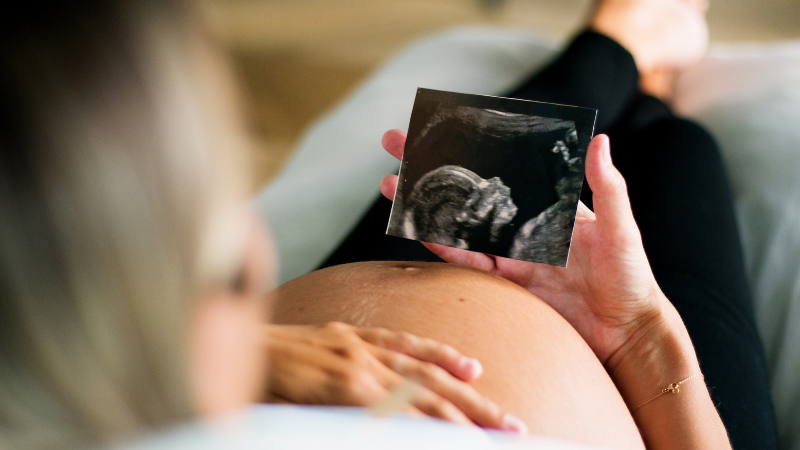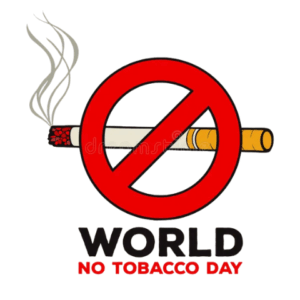The term “adolescent” is often used synonymously with “teenager”. In this sense “adolescent pregnancy” means pregnancy in a woman aged 10–19 years. In most statistics the age of the woman is defined as her age at the time the baby is born. Birth rates and pregnancy rates are counted per 1000 of a specific population. Statistics comparing the incidence between countries often give rates per 1000 adolescents aged 15–19 years. Sometimes statistical data on pregnancies and births among younger adolescents are also available. The pregnancy rate includes pregnancies ending in births and also pregnancies ending in abortion; the abortion rate is the number of (induced) abortions per 1000 women of a specific age. The abortion ratio is the percentage of pregnancies ending in (induced) abortion.
Adolescent pregnancy is a global phenomenon with clearly known causes and serious health, social and economic consequences. Globally, the adolescent birth rate (ABR) has decreased, but rates of change have been uneven across regions. There are also enormous variations in levels between and within countries. Adolescent pregnancy tends to be higher among those with less education or of low economic status. Further, there is slower progress in reducing adolescent first births amongst these and other vulnerable groups, leading to increasing inequity. Child marriage and child sexual abuse place girls at increased risk of pregnancy, often unintended. In many places, barriers to obtaining and using contraceptives prevent adolescents from avoiding unintended pregnancies. There is growing attention being paid to improving access to quality maternal care for pregnant and parenting adolescents.
In South Asia the early marriage of adolescents is common; and 25– 35% of adolescent girls in Pakistan, Bangladesh, India and Nepal begin childbearing as early as 17 years (UNFPA, 2001). In most South Asian countries, the legal age for marriage is 18 years. Yet, in certain communities, this law is often violated due to socio-cultural factors like the family structure, gender-bias, taboos around discussion on sex and sexuality. These violations have a significant impact on adolescent pregnancy. In parts of South Asia, family often means members of the extended family living together under one roof. The elderly male members or the head of the family have tremendous power over others, particularly over the female members in the family. The custom of child marriage allows them to continue with the subjugation of women. Secondly, being a taboo topic, sex, and sexual activity is rarely discussed with parents and elders. School education does not permit discussions on sexual health leaving the female adolescents either in complete darkness or exposed to misleading information about sex and sexual health. Teenage pregnancy may lead to several medical complications like anemia, hypertension, genital tract infection, to mention a few. The babies born to teenage mothers are likely to suffer from low birth weight, accidental trauma and poisoning, minor acute infections, lack of immunization or vaccinations, and developmental delays. Thus, female adolescents are the most vulnerable and at the receiving end of the ill effects of early marriage and consequent pregnancy. (Biswas, 2020)
According to a 2010 UNFPA report, India had the highest number of women who had a live birth by 18 years of age. In 2017, estimates from the 4th National Family Health Survey (NFHS-4) cite that there were 11.8 million adolescent pregnancies in India. With 253 million adolescents aged 10-19, India has the largest adolescent population in the world. However, Indian adolescent reproductive health needs are poorly understood. The proportion of adolescent maternal deaths to total maternal deaths remains high, around 10 percent, despite substantial improvements in maternal mortality in India over the last two decades. Considering this, it is important to unpack the issue of AP in India. The purpose is to understand the social determinants of adolescent pregnancy in India and evaluate if health programs are effective. (BUJPH, 2024)
In 2021, an estimated 14% of adolescent girls and young women worldwide gave birth before the age of 18. The rate of early childbearing in India continue to be high. Socio cultural, economic, and environmental factors i.e., coercive sexual relations, poverty, religion, early marriage, absence of affordable education, and non-use of contraceptives individual factors, i.e., excessive use of alcohol, substance abuse, educational status, low self-esteem, and inability to resist sexual temptation and health service related factors, i.e., cost of contraceptives, inadequate and unskilled health workers, long waiting time and lack of privacy at clinics, lack of comprehensive sexuality education, and non-friendly adolescent reproductive services contribute to early childbearing. Early marriage, school dropout, and early childbearing are frequently linked with poverty. Teenage women who quit school early are more likely to marry and have children sooner than those who stay in school, precisely in low-income nations, including India. (Pradhan et al., 2024)
The fundamental characteristics of Indian society significantly affect the perceptions, practices, and understanding related to teenage pregnancy among adolescent girls in India. Indian societal framework is conservative, patriarchal, and highly value-oriented, where premarital sex, particularly for girls, is considered highly immoral, bringing severe social consequences. Therefore, even discussing such aspects, knowledge, and information about sex often leads to humiliation and is regarded as a taboo, so it is mainly discouraged, even in schools. In this scenario, any such conversation about sexual health among adolescents happens only through whispering in most cases. On the other side, understanding the adolescence stage and its characteristics is mostly inadequate among parents, peers, and adults; therefore, they fail to give appropriate associated guidance, knowledge, and information on good practices regarding sexual behaviour to children. Such a restrictive scenario, associated with confusion, leads to a significant gap in knowledge and information access. So, in some cases, adolescents, to satisfy their curiosity, end up getting information from social media and same-age peer groups, resulting in incomplete understanding and misperceptions, misinformation, and harmful practices. Furthermore, various social agencies, religious bodies, and socio cultural institutions also play pivotal roles by pushing further restrictions like the ban of associated aiding facilities viz. undeclared ban of emergency contraceptives, etc. (Panda et al., 2023)
Child sexual abuse increases the risk of unintended pregnancies. A WHO report published in 2021 estimates that 120 million girls under aged 20 years were subjected to sexual violence by someone other than a partner. This abuse is deeply rooted in gender inequality; it affects more girls than boys, although many boys are also affected, estimate 2020 suggested at least 1 in 8 of the world’s children had been sexually abused before reaching the age of 18, and 1 in 20 girls aged 15–19 years had experienced forced sex during their lifetime. Therefore India has made important gains in improving the sexual and reproductive health of women and young adolescents. These advances include the expansion of the contraceptive method mix under the National Family Planning Programme, efforts to strengthen the contraceptive supply chain, and the 2014 launch of the Rashtriya Kishor Swasthya Karyakram (National Adolescent Health Programme), which prioritizes healthy development during adolescence. (Murro et al., 2021) WHO also works with partners to advocate for attention to adolescent pregnancy, to build an evidence base for action, to develop policy and programme support tools, to build capacity and to support countries to address adolescent pregnancy effectively. (Adolescent Pregnancy, n.d.)
About the Author: Hriiziini Sapriina is MPH Scholar at Edward & Cynthia Institute of Public Health – Advanced Technical Cooperation Center with Yenepoya ( DU).
Disclaimer: Views expressed are the author’s own. Edward & Cynthia Institute of Public Health or Yenepoya (Deemed to be University) are not responsible for contents or opinions reflected in this article.




